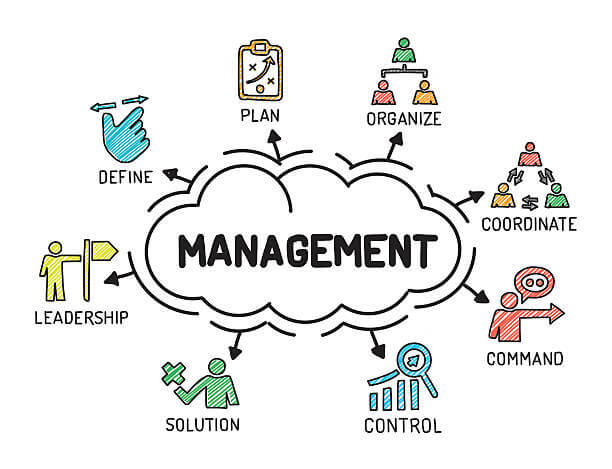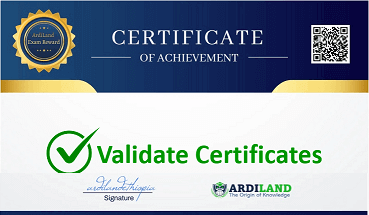What you will learn?
Upon successful completion of the Strategic Management Exit Exam, students will demonstrate a solid understanding of strategic management principles and practices.
They will possess the necessary skills to analyze complex business environments, identify strategic opportunities, and develop effective strategies to propel organizations towards success.
This exam will equip students with the capabilities to make informed decisions, manage organizational change, and lead strategically in today's dynamic business landscape.
About this course
The Management Exit Exam Practice Exam is designed to assist management students in preparing for their final exit exam. This practice exam provides a simulated testing environment where you can assess your knowledge and understanding of various concepts, theories, and practices in management. The exam covers topics such as organizational behavior, strategic management, human resource management, and marketing. By taking this practice exam, you can evaluate your preparedness, identify areas that require further study, and build confidence for the actual exit exam.
The exam format includes multiple-choice questions, case studies, and practical problem-solving exercises. Students will have to demonstrate their ability to develop and evaluate strategic alternatives, assess business environments, identify competitive advantages, analyze industry trends, and design effective strategies for sustainable growth.
Requirements
To take the Strategic Management Exit Exam, students must be registered in an undergraduate management or related program at an accredited university or college in Ethiopia and have completed the required coursework in strategic management. Additionally, students should adhere to any specific exam registration procedures and guidelines provided by their educational institution.
FAQ
Comments (0)
Strategic management is the process of developing and implementing strategies that will help an organization achieve its goals and objectives.
The strategic management process is a cyclical process that organizations use to set goals, develop strategies, and implement those strategies in order to achieve their objectives.
Strategic planning and analysis is the process of developing and implementing strategies that will help an organization achieve its goals and objectives.
External environmental analysis is the process of identifying and assessing the factors that exist outside of an organization that can affect its performance.
Internal environmental analysis is the process of identifying and assessing the factors that exist within an organization that can affect its performance.
Competitive advantage is a set of attributes that allow a company to outperform its competitors.
Business-level strategy is a plan for how a company will compete in its industry.
Corporate-level strategy is the overall strategy of a company that determines how the company will grow and expand.
International strategy is a plan for how a company will compete in the global marketplace.
Organizational design and structure is the process of defining the formal roles, responsibilities, and relationships within an organization.
Strategic change and transformation is the process of making significant changes to an organization's strategy, structure, or culture.
Strategic evaluation and control is the process of determining the effectiveness of a given strategy in achieving the organizational objectives and taking corrective action whenever required.
Strategic leadership theory is a field of study that examines the role of leaders in the development and implementation of organizational strategy.
Ethical considerations are important in all aspects of business, but they are especially important in strategic management.
Stakeholder relationship management is the process of building and maintaining relationships with stakeholders.
Innovation and technology management is the process of identifying, developing, and implementing new technologies and innovations.
Disruptive technologies are new technologies that have the potential to disrupt existing markets and industries.
Creating an innovative organization is a complex and challenging process, but it is essential for organizations that want to remain competitive in today's rapidly changing world.
Globalization is the process of international integration arising from the interchange of world views, products, ideas and other aspects of culture.
Entry modes are the methods that companies use to enter new markets.
Managing multinational operations is the process of overseeing and coordinating the activities of a company's subsidiaries in different countries.



.png)





